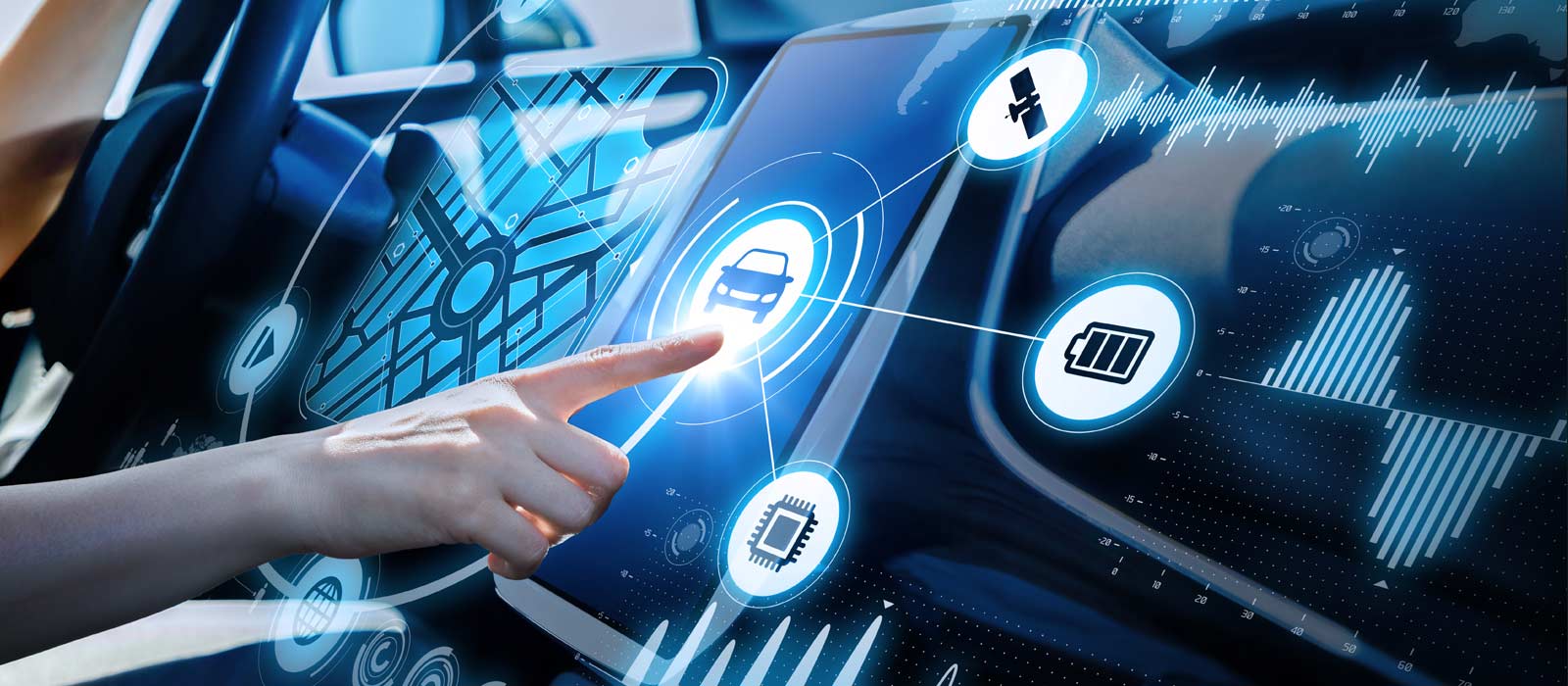
21 Jul AI-Enabled Telematics in the Automotive Industry
Smart cars. Autonomous vehicles. These are no longer visions of some distant point in the future. They are among us in ever-increasing numbers. This has not come without challenges for the automotive industry. The continued development and advancement of wireless telematics solutions is providing the technological backbone to meet those challenges.
Telematics Briefly Defined
An automotive telematics system consists of the following basic elements:
- IoT type sensor(s) that are installed in the vehicle to collect, store, and transmit data on various aspects of the vehicle’s performance and status.
- Connection to the vehicle’s pre-existing onboard diagnostics device (OBDII).
The Industry Challenges
The massive volumes of data being generated by connected vehicles creates excessive cloud connectivity and processing costs. Transmitting that data over cellular connections also creates problems associated with connectivity, speed, and latency.
Device and automotive OEMs are looking for new AI-enabled technologies that will reduce cloud dependence, reduce data-processing costs, improve response times, and deliver better driver experience.
The Solution
MicroAI (TM) is deployed directly onto the vehicle device endpoint(s) to monitor and learn from the driver’s behavior and vehicle performance. Behavior and performance deviations are automatically logged, and real-time alerts are generated. This Endpoint AI approach provides local processing of telematics data, significantly reducing or eliminating the amount of data that must be sent to the cloud.
MicroAI™ can be deployed on a small scale or across entire fleets of vehicles. It can also be customized to meet any unique device or automotive requirement. This transformative End
point-AI solution is supported by a dynamic big data architecture to support high-volume data processing.

The Impact
MicroAI™ will bring several demonstrable advantages to the automotive industry. Those operational advantages will include, but not be limited to, the following:
- Endpoint intelligence: AI is embedded and trained right at the targeted device. This “local” approach allows for customization at the device level to ensure that the right data is being collected and processed at the right time.
- Predictive insights: Today’s OEMs, service providers, and vehicle owners need quicker access to predictive MicroAI™ embeds machine learning algorithms at the device endpoint, providing predictive analytics that enable the right actions to be taken at the right time.
- Intelligent maintenance: AI-enabled telematics improves maintenance by providing real-time data related to usage tracking of critical components, performance deviations, time-to-maintenance, service history, and more. These endpoint insights can be utilized by automotive and device OEMs to improve the performance and safety of their products.
- Quick Scalability: Unlike existing telematics solutions, MicroAI™ can be quickly deployed and scaled. Adopters can quickly deploy on a limited basis for evaluation and then quickly scale to cover an entire ecosystem of devices and vehicles.
- Enhanced security: Cyber-security is an increasing concern for any industry that relies on data produced by IoT devices. By processing all critical data locally (instead of the cloud), MicroAI™ eliminates the exposure of sensitive data to cyber-criminals. OEMs and vehicle owners can be more confident that critical data is more confined and more secure.
- Reduced costs: The elimination of reliance on a cloud environment for data processing and storage means a significant reduction in operational costs. These costs savings will be evident throughout the entire automotive telematics support ecosystem.

